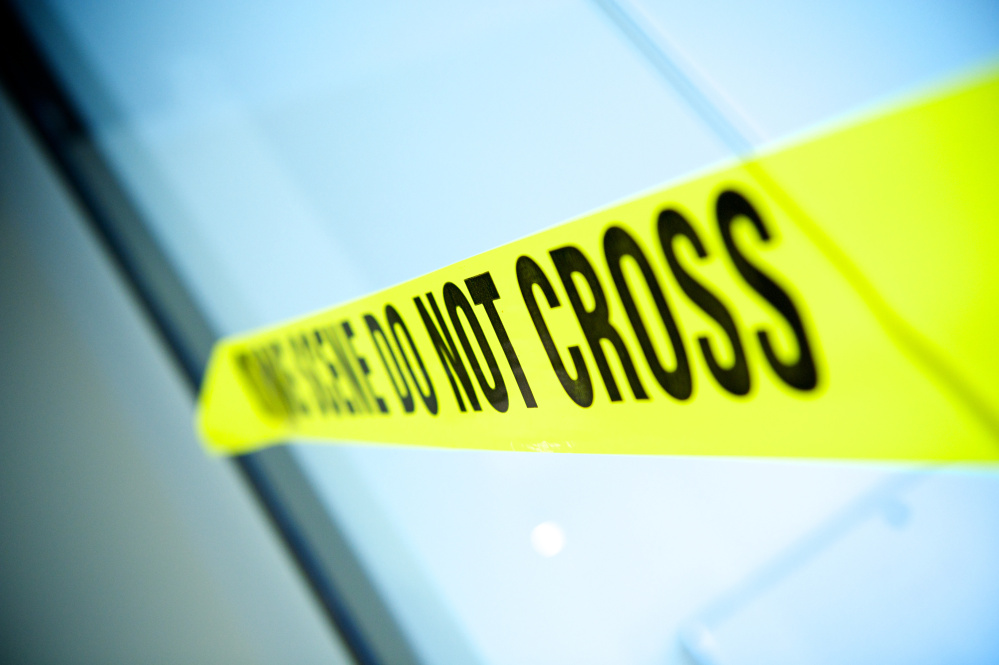Two legally armed bystanders stopped a violent, apparently drug-related altercation Sunday evening in an Augusta Wal-Mart parking lot, according to police, without anyone being injured by gunfire.
But the events in Augusta represent the best-case scenario, and they shouldn’t encourage similar interventions by other armed civilians. Like every other bystander to violence, “good guys with guns” are better off getting themselves and their families to a safe place than trying to step in.
The intervention, which unfolded after the last of four shots was fired, was carried out by Daniel Chavanne of Washington and another, unidentified man, both of whom were legally carrying their guns in plain view. Neither Chavanne nor the second man fired his weapon, say police. The four people involved in the altercation are now under arrest on a variety of charges.
Law-abiding, gun-carrying civilians are uniquely well placed to save lives at the scene of a shooting, Todd Tolhurst, president of Gun Owners of Maine, told the Kennebec Journal.
But armed civilians can actually complicate dangerous situations. Case in point: Joe Zamudio, who was in a nearby drugstore during the 2011 Tucson, Arizona, rampage that killed six people and injured then-U.S. Rep. Gabrielle Giffords.
Zamudio, who was armed, ran to the scene and was poised to draw and fire when he saw a man holding a gun. “I told him to ‘Drop it, drop it!’ ” Zamudio told “Fox & Friends.” But the man who Zamudio had assumed was the killer was actually an unarmed civilian who had helped tackle and wrest the weapon away from the perpetrator. Zamudio came within seconds of shooting an innocent man, he acknowledged.
Tolhurst, of Gun Owners of Maine, points to the danger of police shooting innocent bystanders. There’s no denying that this happens. Even trained soldiers fire on and wound or kill the wrong person. This doesn’t mean, however, that armed civilians, who don’t have the same training or experience, are better equipped to handle enormously stressful decisions.
Evidence is sparse to support armed citizen intervention in gun violence. Of 160 “active shooter” incidents that took place from 2000 to 2013, for example, only one was stopped by an armed citizen who wasn’t a security guard, the FBI concluded in a 2014 study. Pete Blair, a Texas State University criminal justice researcher, recommends that civilians should take physical action to defend themselves during a shooting only when it’s impossible to escape.
In the wake of the Orlando nightclub massacre, it’s tempting to embrace incidents like the one in Augusta as an argument in favor of armed citizen intervention in gun violence. But the chance of escalation is too great, and the risks too dire, for this to be the best way to react to potentially deadly confrontations.
Send questions/comments to the editors.



Success. Please wait for the page to reload. If the page does not reload within 5 seconds, please refresh the page.
Enter your email and password to access comments.
Hi, to comment on stories you must . This profile is in addition to your subscription and website login.
Already have a commenting profile? .
Invalid username/password.
Please check your email to confirm and complete your registration.
Only subscribers are eligible to post comments. Please subscribe or login first for digital access. Here’s why.
Use the form below to reset your password. When you've submitted your account email, we will send an email with a reset code.